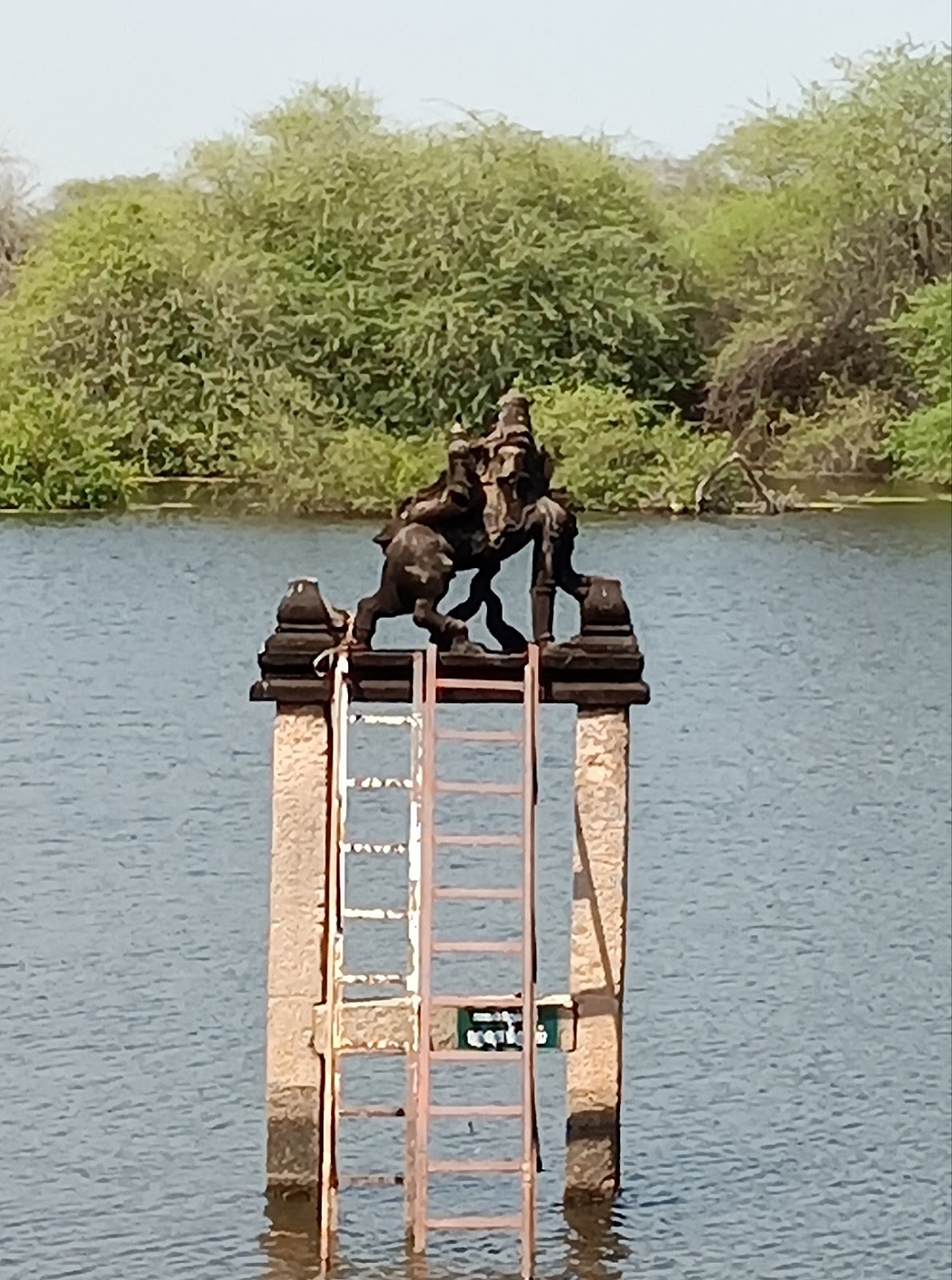கௌரிசங்கம் என்பது தற்கால பேச்சுவழக்கில் சொல்லப்படும் ஐந்து முக உருத்திராட்சம் கொண்டு செய்யப்பட்ட மாலையாகும். இது உண்மையில் கவுரிசங்கம் என்பது இரண்டு முக உருத்ராட்சத்தை சுட்டு ஒர் சொல். நகரத்தார்கள் சைவர்கள் என்பதால் திருமணத்திற்கு முன்பு தங்கள் குருபீடங்களில் உபதேசம் கேட்பது தங்களின் தலையாய கடமையாக கொண்டிருந்தனர் அப்போது ஆண்கள் அணியும் முக்கிய அணிகளில் இதுவும் ஒன்று. அன்றாடம் சிவபூசையின் போதும் பின் சாந்தி கலியாணத்தின் போதும் தாய் தந்தையாரின் இறப்பின் போது அதுசார்ந்த சடங்கின் போதும் அணிந்து கொள்ளும் வழமையான அன்று நகரத்தார்கள் கொண்டிருந்தனர். கவுரி+சங்கரர் அதாவது அர்த்தநாரீஸ்வர தத்துவம் சிவன் மற்றும் சக்தியின் சேர்க்கையை சுட்டும் சொல். சிவசக்தியின் சேக்கையே உலகின் இயக்கமாக சைவர்கள் நம்புகிறார்கள் மேலும் இதன் அடிப்படையில் இவ்வகை உருத்ராட்சம் சக மனிதர்களுடனான உறவுகளை மேம்படுத்தும் திறன் மற்றும் இல்வாழ்க்கையினை மேம்பபடுத்தும் போன்ற நம்பிக்கைகள் உண்டு. இதன் காரணமாக நகரத்தார்கள் உருத்திராட்ச மாலையின் மையப்பகுதியில் சிவசக்தியின் உருவங்களை காட்ட முற்பட்டனர்.
கௌரிசங்கரம் என்பதே இதன் சரியான சொல்லாடல் இதனை சிவகண்டி என்றே அன்று நகரத்தார்கள் அழைத்து வந்துள்ளனர் காலபோக்கில் இச்சொல்லாடல் வழக்கொழிந்துவிட்டது. இந்த கௌரிசங்கத்தில் உருத்திராட்சங்களை ஒன்றுடன் ஒன்றாக இணைக்கும் இணைப்புகள், தொங்கட்டான் மற்றும் கழுத்துபகுதியில் ஒரு தொங்கட்டான் போன்றவை தங்கத்தில் செய்து பயன்படுத்தியுள்ளனர் சிலர் தினபடி பயன்பாட்டிற்கு வெள்ளி மற்றும் செம்பிலும் செய்து உபயோகித்துள்ளனர் . தற்காலத்தில் சாந்தியின் போது வெள்ளியில் செய்து தங்க உலாம் பூசியும் பயன்படுத்துகின்றனர். இந்தத் தொங்கட்டானில் முன்பகுதியில் பெரும்பாலும் இடபாருடர் எனும் இடப வாகனத்தில் சிவசக்தி சமேதராக அமர்ந்திருக்கும் வடிவம் பொறிக்கப்பட்டிருக்கும் அதன் கீழ்புறம் உள்ள குழியில் இருமுக உருத்திராட்சம் வைக்கப்பட்டு இருக்கும்.இதன் பின்புறம் நடராசர் சிவகாமி மற்றும் பிள்ளையார் முருகனின் உருவங்களை செதுக்கியிருப்பர்.ஆனால் முற்காலத்தில் பயன்பாடில் இருந்த கவுரிசங்கங்கள் முழுக்க முழுக்க இருமுக உருத்திராட்சம் கொண்டு செய்து அதில் அம்ம்பாள் சிவபூசை , நடராசர் சிவகாமி , பாலமுருகன் , சண்முகர் போன்ற உருவங்களும் முன்பகுதியில் காட்டப்படும் வழக்கம் இருந்துள்ளது. இந்த கவரிசங்கத்தில் காணப்படும் நுண்ணிய வேலைப்பாடு செட்டிநாட்டு கம்மாளர்களின் கலைத்திறனுக்கு ஒர் சிறந்த சான்றாகும்
வேணும் மலையாளத தொட்டியத்து கருப்பர் துணை
-- இராம.நா.இராமு இராமநாதன்




